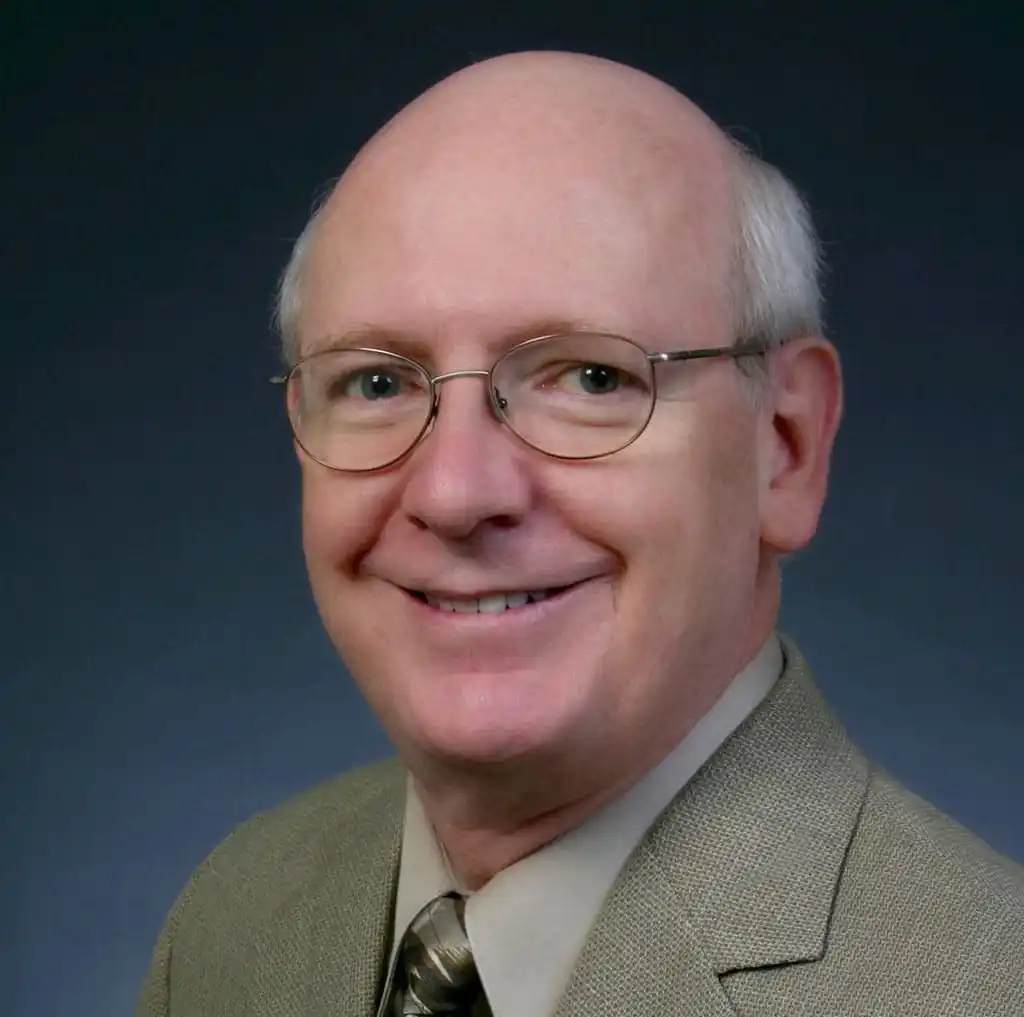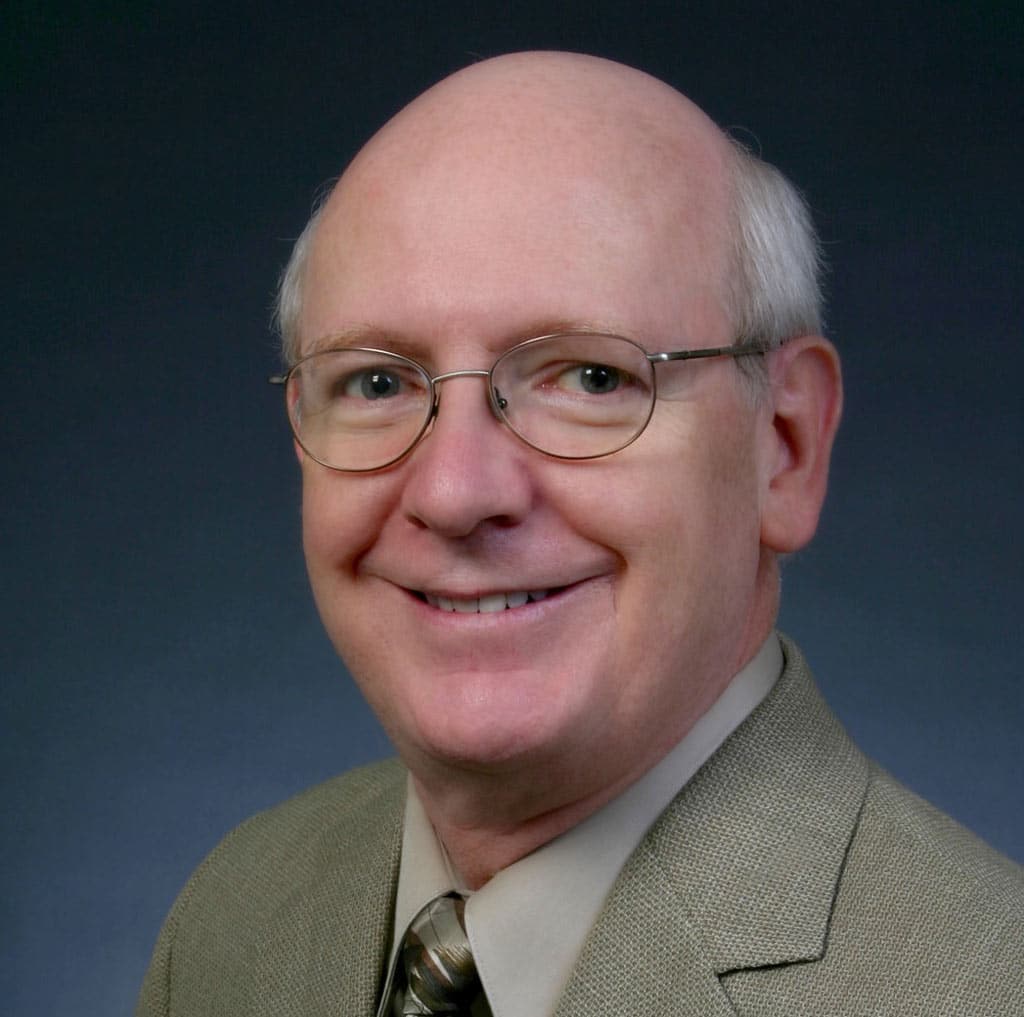Maxillofacial re-surgeries: An area of medical intervention that often goes unnoticed, yet is more common than you might think. The intricate specialty of maxillofacial surgery focuses on correcting and reconstructing deformities, injuries, and disorders of the face, jaw, and mouth. Whether it’s repairing a fractured jaw resulting from a car accident or realigning a misaligned bite, maxillofacial surgeons play a vital role in restoring both function and aesthetics.
In recent years, the demand for maxillofacial re-surgeries has soared, driven by various factors such as increased awareness and understanding of the benefits they offer, the advancements in surgical techniques and technology, and the growing emphasis on facial aesthetics.
Not only do these surgeries address physical issues, but they also have a profound impact on a person’s quality of life. From improving speech and breathing difficulties to enhancing self-confidence and psychological well-being, the transformative effects of maxillofacial re-surgeries are profound.
In this article, we dive into the world of maxillofacial re-surgeries, exploring their common uses, the innovative procedures that are revolutionizing the field, and the incredible results they can achieve.
Common reasons for maxillofacial re-surgeries
Maxillofacial re-surgeries are performed for a wide range of reasons, each tailored to the unique needs of the patient. One common reason is the correction of facial trauma resulting from accidents or injuries. Fractures of the jaw, cheekbones, or nose can significantly impact both function and appearance. Maxillofacial surgeons are skilled in realigning and reconstructing these delicate structures, restoring facial symmetry and ensuring proper function.
Another frequent reason for maxillofacial re-surgeries is the treatment of congenital abnormalities. Conditions such as cleft lip and palate can affect not only a person’s physical appearance but also their ability to speak and eat. Maxillofacial surgeons work closely with other specialists to correct these abnormalities, improving both form and function.
Misaligned jaws and malocclusion, commonly known as a bad bite, are also common reasons for maxillofacial re-surgeries. These issues can lead to difficulties in chewing, speaking, and breathing. Through orthognathic surgery, maxillofacial surgeons can reposition the jaws, ensuring proper alignment and improving both function and aesthetics.
Preparing for a maxillofacial re-surgery
Preparing for a maxillofacial re-surgery requires careful planning and coordination between the patient, the surgeon, and the rest of the healthcare team. Prior to the surgery, a comprehensive evaluation is conducted to assess the patient’s overall health and determine the most suitable surgical approach.
This evaluation includes a thorough medical history review, physical examination, and diagnostic tests such as X-rays and CT scans. It is crucial to identify any underlying medical conditions or medications that may affect the surgery or the recovery process. Additionally, the patient’s expectations and goals are discussed to ensure a clear understanding of the potential outcomes.
In some cases, pre-surgical orthodontic treatment may be necessary to align the teeth and jaws properly. This step helps optimize the surgical outcome and ensures the best possible long-term results. The patient is also provided with detailed instructions regarding preoperative fasting, medication management, and any necessary lifestyle modifications.
Different types of maxillofacial re-surgeries
Maxillofacial re-surgeries encompass a wide range of procedures, each designed to address specific issues and achieve desired outcomes. One common type of surgery is orthognathic surgery, which involves repositioning the jaws to correct malocclusion and improve facial balance. This procedure can dramatically enhance both the function and aesthetics of the face.
Another frequently performed maxillofacial surgery is the reconstruction of facial fractures. Using advanced techniques and materials, maxillofacial surgeons can meticulously realign fractured bones, ensuring proper healing and minimizing the risk of long-term complications. This type of surgery often requires precise planning and can involve the use of plates, screws, or other fixation devices to stabilize the fractured bones.
Maxillofacial surgeons also specialize in the treatment of temporomandibular joint disorders (TMJ). These disorders can cause pain, stiffness, and difficulty in jaw movement. Surgical interventions such as arthroscopy or joint replacement may be recommended to alleviate symptoms and improve jaw function.
Recovery and aftercare for maxillofacial re-surgeries
The recovery process following a maxillofacial re-surgery is crucial for achieving optimal outcomes. After the surgery, patients are closely monitored in a postoperative care unit to ensure their safety and comfort. Pain management strategies are implemented to minimize discomfort, and antibiotics may be prescribed to prevent infection.
The length of the recovery period varies depending on the type and complexity of the surgery. Swelling and bruising are common after maxillofacial re-surgeries and gradually subside over time. Patients are advised to follow a soft or liquid diet during the initial stages of recovery to allow for proper healing of the surgical site.
Regular follow-up appointments are scheduled to monitor the healing process and make any necessary adjustments. In some cases, additional treatments such as physical therapy or orthodontic adjustments may be required to optimize the final results.
Potential risks and complications of maxillofacial re-surgeries
As with any surgical procedure, maxillofacial re-surgeries carry certain risks and potential complications. These can include bleeding, infection, nerve damage, and adverse reactions to anesthesia. However, with experienced surgeons and proper preoperative planning, the occurrence of these complications is relatively rare.
Maxillofacial surgeons undergo extensive training and possess the expertise required to minimize these risks and ensure patient safety. They work closely with other healthcare professionals to provide comprehensive care and address any unforeseen complications promptly.
Success stories and patient testimonials
The impact of maxillofacial re-surgeries on patients’ lives is truly remarkable. Countless success stories and patient testimonials testify to the life-changing results achieved through these procedures. From individuals who regain their ability to eat and speak comfortably to those who experience a significant boost in self-confidence, the transformative effects are profound.
One success story involves John, a young man who had been living with a severe underbite since childhood. His misaligned jaws not only affected his ability to eat and speak but also had a detrimental impact on his self-esteem. After undergoing orthognathic surgery, John experienced a complete transformation. His jaws were realigned, and his facial appearance improved significantly. Today, he enjoys a new lease on life, free from the limitations he once faced.
The role of technology in maxillofacial re-surgeries
Technological advancements have revolutionized the field of maxillofacial re-surgeries, enabling surgeons to achieve more precise and predictable outcomes. Three-dimensional imaging techniques, such as cone-beam computed tomography (CBCT), allow for detailed visualization of the facial structures, aiding in surgical planning and improving accuracy.
Computer-aided design and manufacturing (CAD/CAM) technology has also made significant contributions to maxillofacial surgeries. This technology allows for the creation of customized surgical guides and patient-specific implants, ensuring a perfect fit and optimal results. These advancements not only enhance the surgical process but also contribute to shorter operation times and faster recovery.
Finding the right maxillofacial surgeon
Choosing the right maxillofacial surgeon is crucial for the success of any surgical procedure. It is essential to seek out a qualified and experienced surgeon who specializes in maxillofacial re-surgeries. Credentials, certifications, and a track record of successful outcomes should be considered.
Word-of-mouth recommendations, online reviews, and consultations with multiple surgeons can help in finding the right fit. It is important to feel comfortable and confident in the surgeon’s abilities and communication style. Open and honest discussions about expectations, risks, and potential outcomes are vital in making an informed decision.
Conclusion: The impact of maxillofacial re-surgeries on patients’ lives
Maxillofacial re-surgeries are more common than many people realize, and their impact on patients’ lives is profound. These surgeries address a wide range of facial, jaw, and mouth deformities, injuries, and disorders, improving both function and aesthetics. With advancements in surgical techniques and technology, the field of maxillofacial re-surgeries continues to evolve, offering transformative results and enhancing the quality of life for countless individuals.
Whether it’s correcting a fractured jaw, realigning misaligned jaws, or reconstructing facial fractures, maxillofacial surgeons play a vital role in restoring beauty, function, and confidence. The success stories and testimonials from patients who have undergone these surgeries serve as a testament to the life-changing effects of maxillofacial re-surgeries. With the right surgeon and proper care, individuals can regain their ability to eat, speak, and live life to the fullest.






